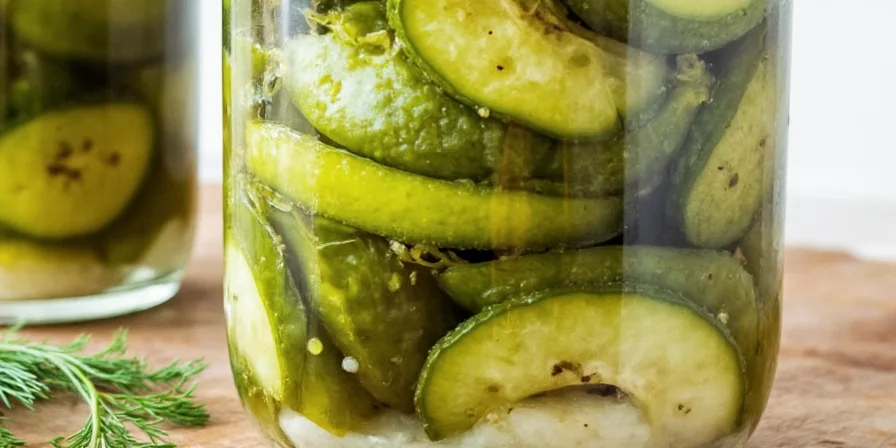Mastering the Art of Fermentation: A Guide to the Perfect Fermented Dill Pickle Recipe
Fermentation has been a time-honored method of food preservation and flavor enhancement for centuries. Among the vast array of fermented foods, dill pickles stand out as a beloved staple in many cuisines. In this blog post, we will delve into the world of fermented dill pickles, exploring their history, health benefits, and, most importantly, how to make your own delicious batch at home.
The History of Dill Pickles
Dill pickles have a rich history that dates back to ancient civilizations. The Egyptians used pickles as a food source and even as a form of currency. In the Americas, pickles became a staple for settlers and have remained a popular condiment ever since. Dill, a herb known for its aromatic qualities, pairs beautifully with cucumbers, adding a distinctive flavor to this classic snack.
Health Benefits of Fermented Foods
- Probiotics: Fermented foods like dill pickles are rich in probiotics, which promote gut health and digestion.
- Nutrient Absorption: The fermentation process can enhance the bioavailability of certain nutrients, making them easier for our bodies to absorb.
- Antioxidants: Dill is packed with antioxidants, which help combat oxidative stress in the body.
- Immune Support: Incorporating fermented foods into your diet can support the immune system due to their probiotic content.
Ingredients You Will Need
To make the perfect fermented dill pickles, you'll need the following ingredients:
| Ingredient | Quantity |
|---|---|
| Cucumbers | 2 lbs (preferably pickling cucumbers) |
| Dill weed (fresh) | 1 bunch |
| Garlic cloves | 4-6 (crushed) |
| Water | 4 cups (filtered or dechlorinated) |
| Sea salt | 3 tablespoons (non-iodized) |
| Black peppercorns | 1 tablespoon |
| Red pepper flakes (optional) | 1 teaspoon |
Step-by-Step Guide to Making Fermented Dill Pickles
Now that you have all your ingredients ready, let’s walk through the process of making your own fermented dill pickles:
Step 1: Prepare Your Cucumbers
Start by washing your cucumbers thoroughly. If they are larger, consider cutting them into spears or slices. For smaller cucumbers, you can leave them whole. Remember to trim off the blossom end of the cucumber, as this can prevent proper fermentation.
Step 2: Make the Brine
In a medium saucepan, combine the water and sea salt. Stir until the salt is fully dissolved. This brine is crucial for the fermentation process, as it provides the environment for beneficial bacteria to thrive. Allow the brine to cool to room temperature.
Step 3: Pack the Jars
In a clean, sterilized jar (or jars), start layering your ingredients. Begin with a layer of dill, followed by a few garlic cloves, some black peppercorns, and any optional spices you wish to add. Then, pack the cucumbers tightly into the jar, leaving some space at the top.
Step 4: Add the Brine
Once your cucumbers are packed, pour the cooled brine over them, ensuring that they are completely submerged. If the cucumbers float above the brine, you can use a clean weight or a small bowl to keep them submerged.
Step 5: Ferment!
Cover the jar with a clean cloth or coffee filter secured with a rubber band. This allows gases to escape while keeping out dust and insects. Place the jar in a cool, dark place, such as a pantry or cupboard, and let it ferment for about 1 to 2 weeks. Check the pickles daily to ensure they remain submerged and taste them along the way until they reach your desired level of sourness.
Step 6: Store Your Pickles
Once fermented to your liking, transfer the pickles to the refrigerator. This will slow down the fermentation process and help preserve their crunch. Fermented dill pickles can last for several months when stored properly in the fridge.
Tips for Successful Fermentation
- Use Fresh Ingredients: For the best flavor and texture, choose fresh cucumbers and herbs.
- Monitor Temperature: Fermentation works best at temperatures between 65°F to 75°F (18°C to 24°C).
- Avoid Chlorinated Water: Chlorine can inhibit the fermentation process. Use filtered or dechlorinated water for your brine.
- Experiment with Flavors: Feel free to add other spices such as mustard seeds, coriander seeds, or bay leaves for a unique twist.
Conclusion
Making fermented dill pickles is not only a rewarding culinary experience but also a way to enhance your health through probiotic-rich foods. With this simple recipe and a bit of patience, you can enjoy delicious, tangy pickles that will elevate your meals and snacks. So gather your ingredients, roll up your sleeves, and embark on your fermentation journey!
Illustrations

Now that you have all the knowledge and tools needed, let’s get pickling!










 浙公网安备
33010002000092号
浙公网安备
33010002000092号 浙B2-20120091-4
浙B2-20120091-4